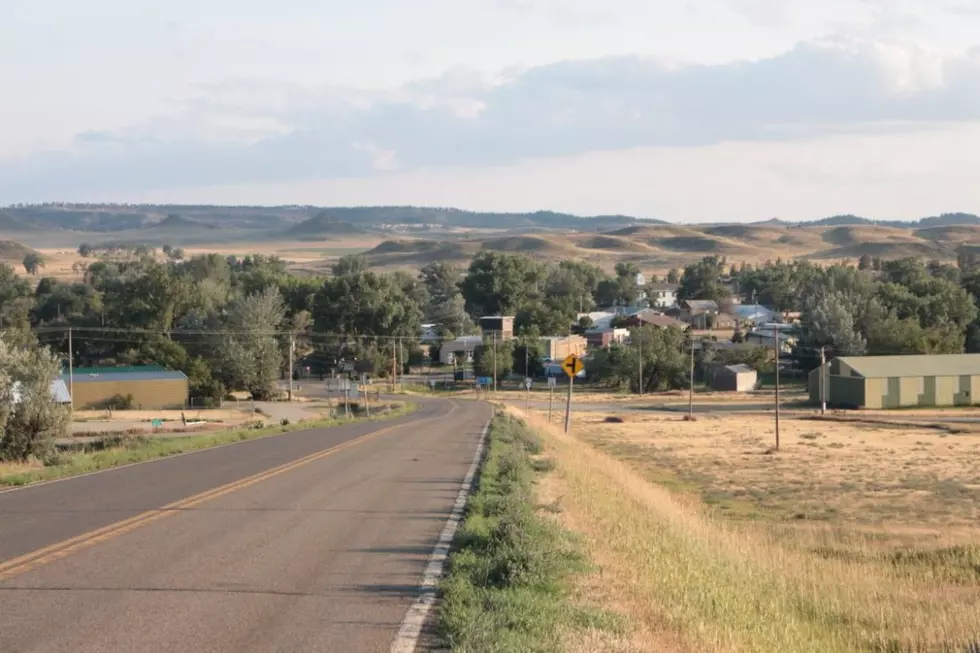
Rural brain drain: Montana leaders mull incentives to lure college grads
(Montana Free Press) A state program that would have offered professional workers grants and tax breaks to settle in rural Montana didn’t pass muster at the Legislature this year.
However, the bill’s sponsor, Rep. Joel Krautter, says he’ll take another run at the idea — dubbed the “Catch and Keep Act” — in 2021. And as Montana leaders and lawmakers look at ways to help rural communities draw in skilled workers, it isn’t the only incentive program in play.
Lawmakers, for example, did fund a program geared toward addressing rural teacher shortages by offering educators help to pay off student loans when they take jobs in small districts. In health care, the Montana University System has had a loan repayment program for rural Montana doctors since the early 1990s.
The recruiting challenge for small-town employers is that they often can’t compete with the wages and benefits offered in cities. Rural positions can also be a tough sell for twenty-something college graduates where the obvious career path leads to urban areas with a more vibrant nightlife and more job options.
The key, said former Lt. Gov. Angela McLean, is figuring out how to get young professionals “to take that bite at the apple” — to encourage them to try out rural living so they can experience the community intimacy that makes it special.
“Small-town Montana has opportunities and it has I think a great deal of magnificence about it,” said McLean, now the chair of the state’s Rural Educator Recruitment and Retention Task Force. “The opportunities are certainly there, but they may be different than they would be in a big district.”
***
Montana’s Quality Educator Loan Assistance Program aims to tackle one of the hurdles between young teachers and small-town jobs — student debt that can make it harder to resist higher urban salaries even if for teachers interested in working in rural areas.
Before it was defunded by the 2017 Legislature, the program had 170 participants and provided about $492,300 in annual assistance, according to the state Office of Public Instruction. This year’s renewal bill, House Bill 211, restored $500,000 in annual funding and tweaked the program’s structure. Gov. Steve Bullock signed it into law May 7.
As the quality educator program sits now, licensed teachers at schools with recruiting struggles are eligible for state-funded loan repayment aid for three years after their first year teaching — $3,000 after their first year, $4,000 after their second and $5,000 after their third. School districts also have the option of drawing on their own budgets to offer $5,000 of assistance for a fourth year.
Rep. Llew Jones, R-Conrad, who sponsored the renewal bill, said the intent is to not only draw teachers to rural areas but to encourage them to stick around for three or four years. Young people who stay in a small town that long, he said, generally grow roots strong enough to keep them there long term.
“It’s getting that initial step,” he said. “There’s plenty to do in a rural area, but it requires more relationships.”
***
Krautter, a first-term Republican from Sidney, describes the catch and keep bill’s intent in similar terms. The difference, he said, is that Montana’s rural areas are hurting for professional skills beyond just teaching and medicine.
Lawyers and accountants, for example, provide services necessary for anyone who wants to start or grow a business. If would-be entrepreneurs in Sidney have to drive four hours to Billings to get that help in person, he said, that becomes a major drag on the town’s ability to support new businesses.
As introduced this session, the catch and keep bill, House Bill 405, would have let county commissions designate high-priority professions for local recruiting efforts, which would let degree-holding workers in those fields qualify for grants and property tax credits.
“I was trying to build in flexibility, knowing that each county, each community, might have different professional needs,” Krautter said.
Catch and keep grants would have come to as much as $15,000 for participants with recent graduate degrees who committed to living and working in a participating community for five years. Recent graduates with four-year or vocational degrees would have been eligible for smaller grants and grantees would also have been eligible for as much as $10,000 in property tax credits over five years.
The catch and keep bill was killed last month by the Senate Finance and Claims Committee, where lawmakers worried about some implementation details and its projected cost, roughly half a million dollars a year.
“It’s a good idea, but it’s not ready for its time,” said Sen. Al Olszewski, R-Kalispell before the committee’s vote.
***
Krautter said he was pleased with how much support there was for the catch and keep idea, which did pass the House with bipartisan support before its demise in the Senate committee. He said he plans to fine-tune the legislation and bring it back for a second attempt in the 2021 session.
Until then, McLean said she thinks it makes sense for the state’s rural recruiting efforts to focus in large part on helping pull talent into public education, since schools are both major employers and social hubs in much of rural Montana.
“The core of the community is the school,” she said. “If we can create stability for K-12 schools, we can go a long way toward creating stability as a whole.”
This story is published by Montana Free Press as part of the Long Streets Project. This work is supported in part by a grant from the Greater Montana Foundation, which encourages communication on issues, trends, and values of importance to Montanans. Reach Lead Reporter Eric Dietrich at eric@longstreetsmt.com.
